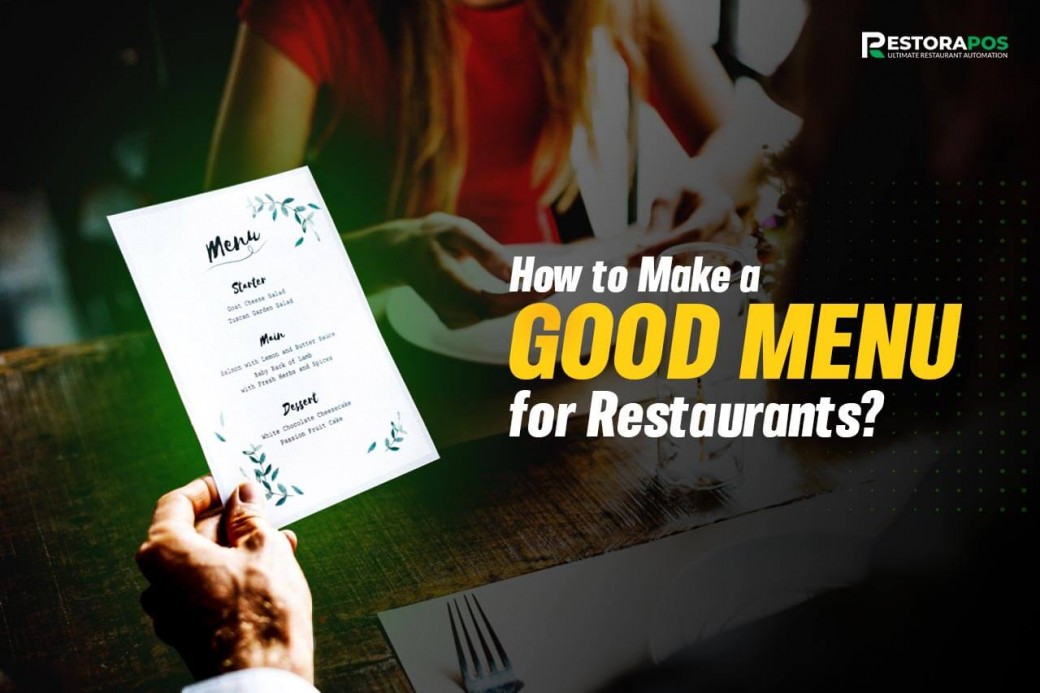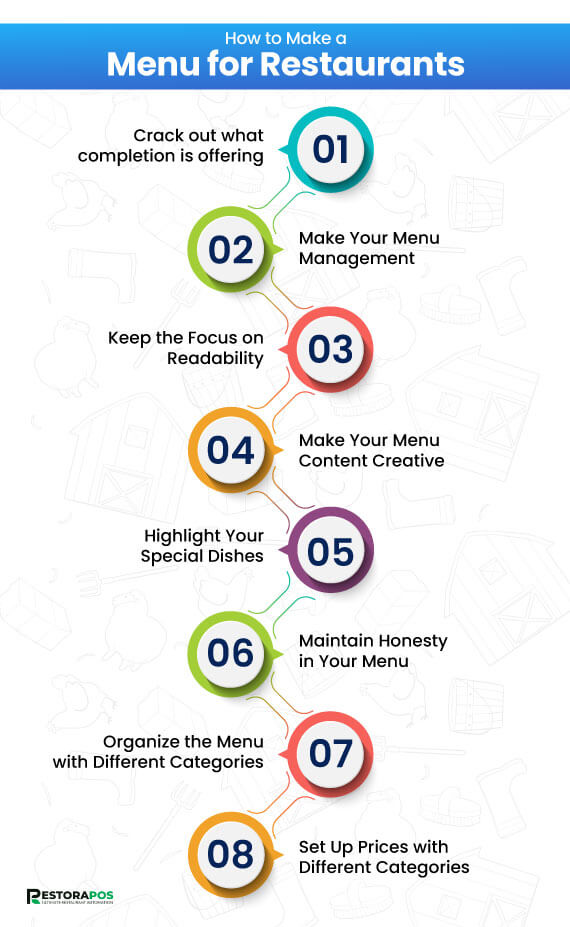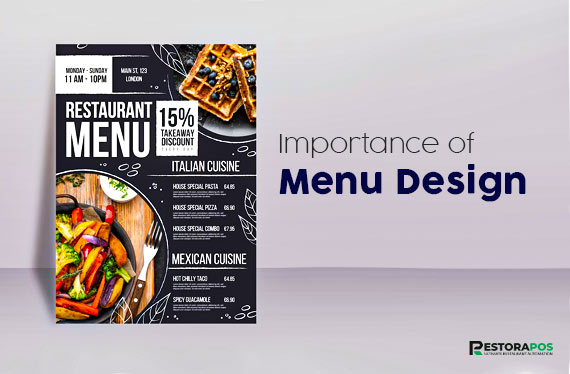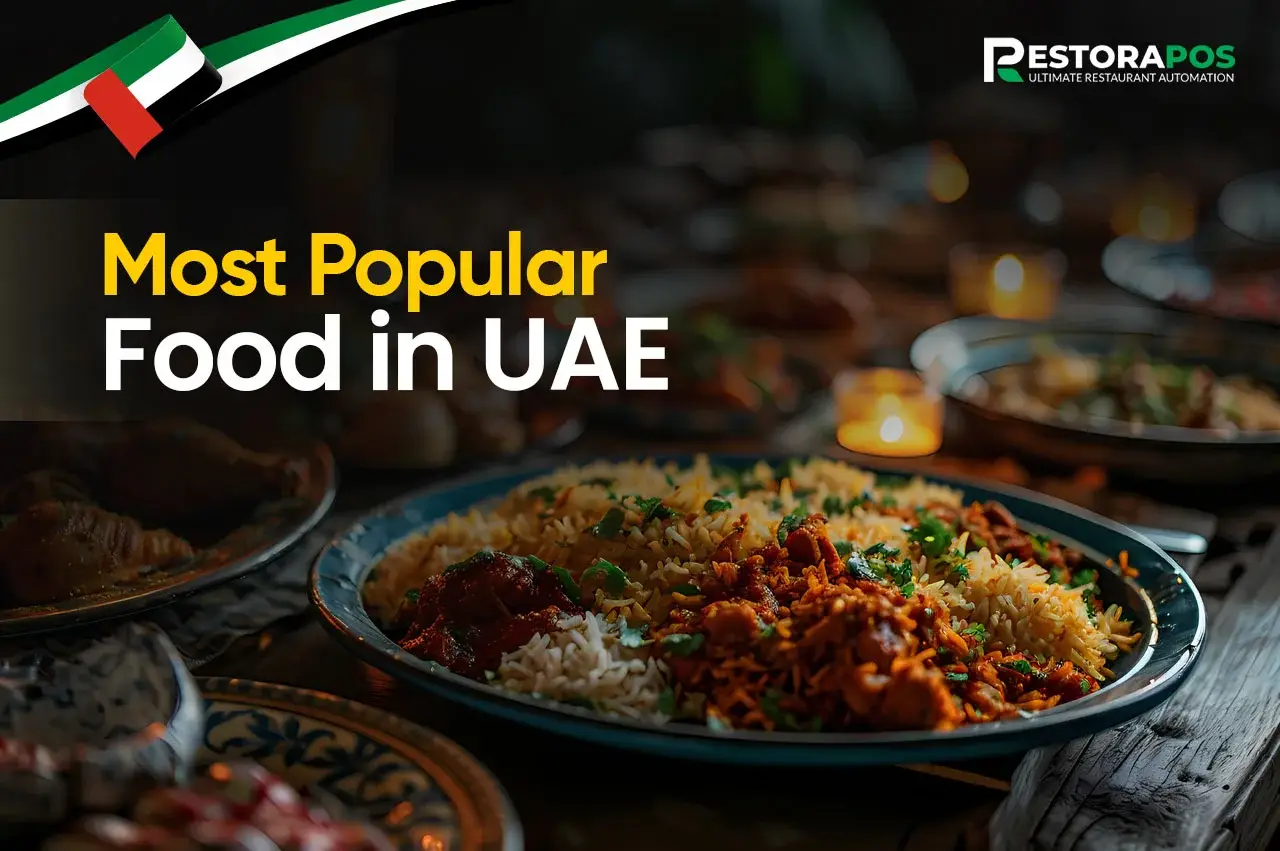How to Make a Good Menu for Restaurants? 8 Best Ideas

A menu is a list of food and beverages that is offered to the customers. A menu almost carries a result for any specific food that shows how testy a food is. A restaurant may have a different menu item list but how to make a good menu for restaurants. However, creating a good menu for a restaurant requires some essential steps such as understanding the audience concept, testing dishes, developing menu items, focusing on competitor menu items, and others. So, let’s explain how to create a restaurant menu, grab the idea, and implement it realistically.
How to Make a Good Menu for Restaurants?

Designing a menu for the standard restaurant is a crucial thing. The restaurant menu items list is a perfect visual data that the restaurant serves for the customers. For this reason, a restaurant menu should be eye catchy and clearly explained about a specific menu. However, take a look at how to make a good menu for restaurants and what are the steps to create a restaurant menu.
1. Crack out what completion is offering
It’s a good idea to check out the competitor's menu example and get the idea from them. You should find such competitors that are dominating your nearest market. Take inspiration and ideas from them that they are incorporating. So, what will you look at on their menus? Look at their pricing, menu design, theme, how the easiest way they have decorated their menus, what type of items they kept in their menu, etc.
By observing and analyzing the competitor's menu, create an eye-catching and compelling menu that can cope up head to head to the competitors. So, this is a little thing or road map to design a compelling menu. So, research the market and get help from professionals to design a smart menu.
2. Make Your Menu Management
Whenever you design menu book then remember one thing, less is more. This is because the smaller menu delivers flavorful dishes. People also do not like bigger menus with bigger descriptions. It is irritating to most restaurant audiences.
Sometimes a bigger menu can confuse the restaurant staff and the kitchen staff struggles to manage items and customer orders. That’s why a simple menu will be more appreciated than a vast menu. It can be managed appropriately whenever there is a massive crowd. So, make it easy and simple whenever you design a menu.
3. Keep the Focus on Readability
Whenever you are designing the menu, then focus on the readability of the text. If you ever noticed that some menus are well described but the font does not go better with that font. In that case, restaurant customers can be annoyed. That’s why make sure the font sizes are aesthetic, pleasing, and easy to read. Use readable form to reduce readability. To be confirmed, print out a mockup menu and get proof.
A restaurant may have many restaurant staff, give them printed menus to read and take a review from them. If everything is good to go then make it finalize for the customers. So, always remember that the audience is not to be annoyed to read the menu item and details of a specific item. It is noted that always proofread your menu and use the correct spelling of all the specific items. This is because simple mistakes may happen in the restaurant food menu list.
4. Make Your Menu Content Creative
Create creative content for specific food items on your menu. Content is a good idea to have some fun with your menu content. Write specific things about any individual item and make it humorous and fun to read. You can refine your dishes with creative writing.
It can make a massive difference to others. You may add small descriptions with specific items or dishes that will charm more customers. In that case, you may hire a professional copywriter to write those things. So, whatever you do, keep focused on customer satisfaction.
5. Highlight Your Special Dishes
Whenever you are designing a menu, keep a specific section for special dishes. So that it becomes visible easily, and makes them separate. Because people like special dishes and sometimes (occasionally, such as Father's Day, Mother's Day, New Year, etc.) find an offer.
It may be a lucrative and key way to snatch the hearts of the audiences and build better relationships with them. On the other hand, you may use chalk art to design a specific menu at a certain time. It is also a good way to grab the customer. So, show your special dishes in your menu section, however, audiences like to see.
6. Maintain Honesty in Your Menu
Many people focus on the menu first to search for organic locally and menus are nutritious, healthy, vegan, and lactose-free dishes. If you don’t offer such items, never include those things to influence the customers. It means whatever food you serve, include them in the menu.
So, always be honest about the dishes. So, always be honest about creating the menu. However, to achieve customer trust, there is no comparison with honesty. So, create a menu by maintaining food item standards and quality with honesty.
7. Organize the Menu with Different Categories
Medium and big-shaped restaurants have different food items with different categories. Categories play a crucial role and details about the food category. Organize similar items together based on their characteristics, such as appetizers, main courses, desserts, beverages, and others.
Within each category, a menu creator should consider further subcategories if necessary, like vegetarian options, gluten-free, or signature dishes. You can enhance the organization by using clear headings, spacing, and font styles to differentiate between sections and make the menu visually appealing.
8. Set Up Prices with Different Categories
All the types of restaurant menus should have different categories with various items. In that case, make sure pricing with all the categories and subcategories. If you do that then the customer will never face trouble about the pricing of any specific dishes.
Try to set up or refer to a reasonable price. So that customers can afford it. It is a business strategy. However, whenever you design a menu then refer to reasonable pricing by following your nearest competitors who are performing better in the same business.
How Many Items Should Be On A Menu?
It is pretty difficult to specify how many items should be on a menu. But depending on the scale of the restaurant and the quality of the food, a restaurant should have at least 10 options in each category such as appetizers, entrees, desserts, and others. You know that too many menu items quickly snatch customers' minds and keep them stuck more times on the menu. This strategy also enhances the customer decision-making experience level.
In that case, a guest will never have a barrier to make an order. It is noted that having unlimited options sometimes becomes the reason for the frustration of guests. However, many restaurants offer more than 20 or 30 options. Whenever a guest goes to select their menu then they become confused by seeing that diverse menu. To remove customer panic and make your menu eye-catching, design a menu with limited categories and subcategories.
What Should Be Small Restaurant Menu Ideas?
The menu depends on the restaurant's scale and food serving area. Indeed, a small restaurant may have a low amount of dishes or items that enhance restaurant efficiency. A menu should be clear and the heading and description should be in perfect font. However, there are different types of strategies for creating restaurant menus for a small restaurant.
- Highlight your signature dishes to grab more orders from the customers.
- Include seasonal or occasional dishes you offer and clearly define that they are only for specific occasions.
- Focus on limited menu options instead of vast menu options. This is because limited menu options can be executed perfectly by the low amount of restaurant staff.
- Create combo meals on the menu list and make it clear with a specific price limit to make it clear to the customers.
- You may keep daily special dishes for the regular customer. In this case, regular audience attendance may be remarkable.
- In a small restaurant you can offer booklet menus also beside menu board layout.
Importance of Menu Design

The importance of menu in restaurants is immeserable. The menu is not only a list of dishes. It is a detailed list of food options that you offer. It enhances the overall dining experience and plays a mega-marketing role. If the menu is well designed then it acts as an advertising tool that shows the restaurant's identity and increases restaurant revenue. The restaurant menu helps the restaurant guest to select their favorite dishes.
It also helps restaurant staff to make an order on any specific dishes. Whenever designing a menu, you should focus on customer intent. Present a menu with clear and concise. It is because the importance of restaurant menus are immeasurable. However, there are numerous privileges to creating a smart menu. So, let’s take a look at a few of them and prove why creating a restaurant menu is important.
- The restaurant menu is the best way to Brand Representation and promotion.
- The menu carries crucial Information on any specific dishes that charms customers.
- Menu is the first Visual attraction to get orders from the customer.
- The easiest way to Highlighting Specialties and Promotions.
- It helps to influence customers' psychology.
- The menu is essential for Cross-Selling and Upselling.
How Many Parts Of A Restaurant Menu Are There?
Indeed, a menu management system may have three main parts:
Menu Header: The menu header contains different information, such as the restaurant name, restaurant logo, tagline, website address, and others. This is very crucial information that is included in the header section.
Menu Description: If you have different dishes in your menu list embed content according to dishes. Body content or description contains specific menu details. So, decide how much information you will provide in the description section.
Menu Footer: The footer section of the restaurant menu contains some additional information, such as food serving hours, payment options, disclaimers, copyright notices, and others.
It is noted that to design a restaurant menu, you may get help from any digital menu design agency or organizations. Those have better experience in this field. So, if you don’t have a skilled hand then you may get help from such a digital platform and design a new quality restaurant menu.
Final Thought
Creating a menu is an essential thing. But how to make a good menu for restaurants? Before designing a menu you may observe competitor's menus and get ideas. On the other hand consult with restaurant chefs about menu design. There are many strategies for designing a standard menu. I have referred to a few restaurant menu ideas that can be crucial if you can execute them perfectly. However, design your restaurant menu, enhance customer appearance, earn revenue, and bring your restaurant business to a supreme level.
Related Post
View AllBest Lebanese Restaurants in Dubai Can Be the First Choice to Get Meals





